In a world where spaces are more than just physical structures, interior design plays a pivotal role in shaping environments. As we delve into the realm of cutting-edge innovations, it’s evident that interior design is undergoing a revolutionary transformation. Let’s explore the latest trends that are redefining how we perceive and experience spaces.
Smart Homes: A Paradigm Shift
The integration of technology into interior design has led to the rise of smart homes. From automated lighting systems to intelligent climate control, these innovations are reshaping the way we interact with our living spaces. The seamless integration of smart devices not only adds convenience but also enhances the overall functionality and efficiency of homes.
Sustainable Design Practices
As environmental awareness grows, the interior design industry is embracing sustainable practices. Using eco-friendly materials and implementing energy-efficient solutions are becoming standard practices. This shift not only contributes to a healthier planet but also creates aesthetically pleasing and mindful spaces.
Biophilic Design: Bringing Nature Indoors
Biophilic design is a concept that seeks to reconnect people with nature by incorporating natural elements into the built environment. From living green walls to large windows providing expansive views, designers are finding innovative ways to bring the outdoors inside. This not only enhances aesthetics but also promotes well-being and productivity.
Virtual Reality in Interior Design
The utilization of virtual reality (VR) has revolutionized the design process. Designers and clients can now virtually walk through spaces before any physical changes are made. This immersive experience not only streamlines decision-making but also allows for a more accurate representation of the final design.
Customization: Tailoring Spaces to Personal Tastes
Gone are the days of one-size-fits-all design. The demand for personalized spaces is on the rise. With advanced tools and technologies, designers can tailor every aspect of a space to align with the client’s preferences. This level of customization ensures that each design is unique and reflective of the individual’s personality.
Artificial Intelligence and Interior Design
Artificial intelligence (AI) is playing a significant role in interior design, assisting designers in creating both functional and aesthetically pleasing spaces. AI algorithms analyze vast amounts of data to generate design recommendations, helping designers strike the right balance between creativity and practicality.
Minimalism: Less is More
The enduring appeal of minimalistic design lies in its simplicity and functionality. Minimalism encourages a clutter-free environment, emphasizing essential elements. This approach not only enhances visual appeal but also promotes a sense of calm and order within a space.
Innovations in Furniture Design
Furniture design is experiencing a revolution, with futuristic trends shaping the way we interact with our surroundings. From multifunctional pieces to innovative materials, designers are pushing the boundaries of traditional furniture, creating pieces that blend aesthetics with functionality seamlessly.
Cultural Influences in Design
The diversity of global cultures is influencing contemporary interior design. Designers are drawing inspiration from various cultural elements, creating spaces that celebrate diversity and inclusivity. This trend not only adds richness to design but also fosters a sense of connection and understanding.
Lighting as a Design Element
Lighting is a crucial element in interior design, influencing the mood and atmosphere of a space. Designers are creatively using lighting to highlight architectural features, create focal points, and evoke specific emotions. The strategic use of lighting enhances the overall design and functionality of a space.
Colors and Moods: The Psychology of Design
Understanding the psychological impact of colors is fundamental to effective interior design. Different colors evoke specific emotions and moods, and designers use this knowledge to create atmospheres that align with the intended purpose of a space. From calming blues to energetic reds, the color palette is a powerful tool in the designer’s arsenal.
Interactive Design: Engaging the Senses
Modern interior design goes beyond visual aesthetics. Interactive design involves engaging multiple senses to create a holistic experience. Whether it’s touch-sensitive surfaces or scented elements, designers are incorporating interactive elements that stimulate and captivate the senses, creating memorable and immersive spaces.
Challenges and Opportunities in Modern Interior Design
While the industry is thriving with innovations, it is not without its challenges. Designers face obstacles such as balancing technological advancements with human touch and addressing the environmental impact of design choices. However, these challenges also present opportunities for growth, pushing the industry to find sustainable and inclusive solutions.
FAQs
Consider using eco-friendly materials, energy-efficient lighting, and sustainable furniture options.
Balancing the integration of technology with maintaining a human touch in design is a significant challenge.
Biophilic design incorporates natural elements, promoting a connection with nature that has positive effects on mental and physical well-being.
Virtual reality benefits both designers and clients by providing an immersive preview of the final design, aiding in decision-making.
Minimalistic design is versatile and can be adapted to both small and large spaces, emphasizing functionality and simplicity.
Conclusion
The world of interior design is in the midst of a transformative era. The fusion of technology, sustainability, and creativity is reshaping the way we perceive and interact with our surroundings. As we navigate the challenges and embrace the opportunities, the future of interior design holds endless possibilities for creating spaces that are not only visually stunning but also functional, sustainable, and tailored to individual preferences.


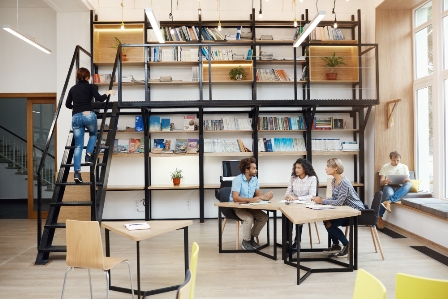
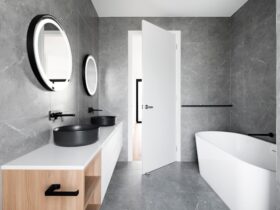

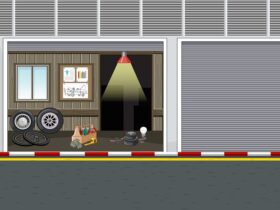
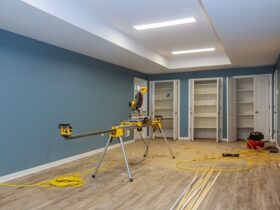
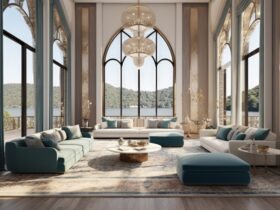
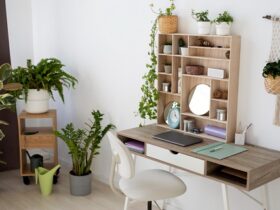
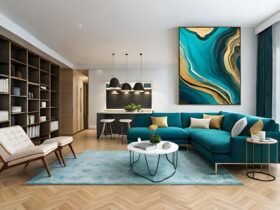

Find Us on Socials